14 Types of Fig Trees to Grow for Their Sweet Fruit
Author: Jen Worst | Editor: Omar Alonso
Review & Research: Jen Worst & Chris Miller
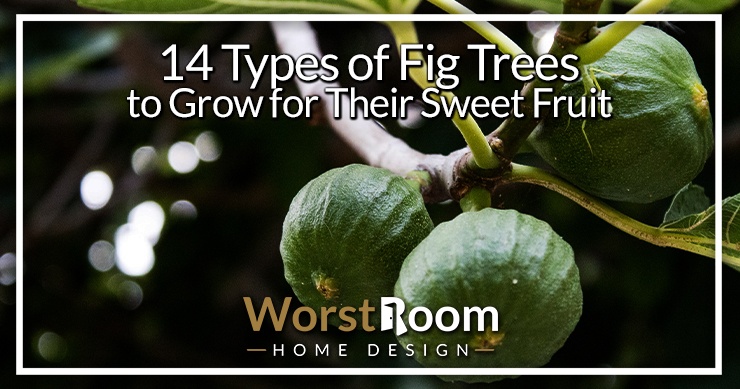
If you want a fast and easy-growing fruit tree for your home garden, fig plants are simply the best option to grow on your containers. Although figs are native to Asia and Mediterranean countries, different types of fig trees can be grown anywhere as long as the temperature doesn't go below 20 degrees Fahrenheit.
Fig trees are bred for their sweet, pear-shaped fruits that have a moist, fibrous, and jam-like texture. However, you'll be surprised to know how the many varieties differ drastically in their taste, texture, and appearance.
Once you get to know about all the types, you get the chance to judge all the variety and harvest only those you find the most delicious.
Here we will analyze the characteristics, production, and flavors of some most common fig varieties to find out which type will be the best for your location. So without further ado, let's get started.
14 Types of Fig Trees
Fig trees are a member of the mulberry family Moraceae and the genus Ficus that contains 800 or more tropical and subtropical different fig tree species. Figs have been cultivated since as early as 5,000 BC. Here are the most popular fig trees to grow in your backyard.
Adriatic Fig Tree
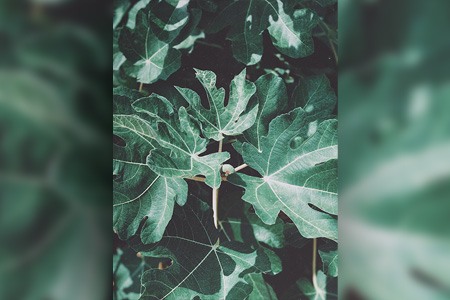
Being native to the Mediterranean territories, Adriatic fig trees prefers a warm climate and grows best in full sun or partial shed. This variety is prized for its lovely foliage consisting of 3 or 5 lobed leaves that measure 5 to 10 inches in length.
Although a full-grown tree grows 20 to 30 feet tall, you can do regular pruning to fit them in your garden containers. Adriatic figs tolerate a wide variety of soil types. Moist, fertile, and well-drained soil is recommended, yet the trees can grow in dry, acidic types of soils as well.
As this is one of the self-pollinating fig tree varieties, you need only a single tree for getting healthy crops. The trees are deer-resistant and grow well in areas near the sea. Most Adriatic trees crop twice a year, one during June and another in August.
Ripe Adriatic figs are large with shades of yellow and light green. Due to their deliciously sweet, berry-like flavor, this type of fig is eaten fresh or dried to make jams. The flesh of the fruit is red or purple and contains good amounts of fiber and carbohydrates.
Black Mission Fig Tree
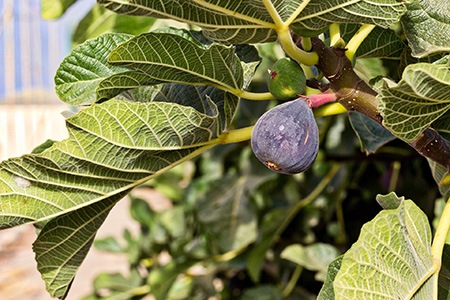
As the tree loves hot and dry weather, it's very popular among the gardeners of California. A standard black mission grows 10 to 30 feet tall, whereas the dwarf varieties rise to 15 feet. Hence, this variety is suitable for your backyards, forest garden, and potting as well.
Unlike most other different fig trees, Black Mission fruits on the very first year after plantation. On top of that, the tree crops twice a year, once in summer and then again during fall.
Fruits of the main crop are medium-sized, while the breba provides larger figs. You can recognize the trees from their large 3-lobed leaves.
As for the fruit, it's usually medium-sized, pear-shaped, and dark purple in color. When dried, the color turns black. It has a pink pulp that tastes very sweet and nutty. The black mission is eaten fresh, cooked, or dried to make jellies.
However, you need to take good care of these types of fig trees as they're susceptible to freezing and often gets infected by the fig mosaic virus. With good care, you can expect the highest production for quite a long period.
Common Fig Tree
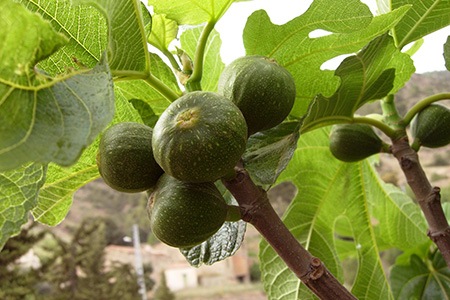
True to its name, common fig trees are grown almost everywhere around the world. In the United States, gardeners often grow these species of fig trees in pots due to their compact size.
They can reach 10 to 15 feet in height and require the least maintenance among all fig varieties. Mature common figs have a reddish shade and a tender, sweet, and flowery flavor.
Since the tree is self-pollinating, you don't need to purchase any seed for growing them. Only a 3-5 inches cut branch will be enough to grow a new plant.
Another interesting character of these fig tree types are that when you break or cut the stem, it emits a milky-white substance that can be irritating to your skin.
Common fig trees display excellent resistance towards weather changes, insects, and rotting. The skin of the fruit is thick, so it doesn't get affected by rainwater like many other fruits.
The tree prefers full sun and tolerates a wide range of soils, including moist and alkaline soils. Usually, the fruit production peaks during early fall and midsummer. As a youngster I used to enjoy figs and various types of pecans together thanks to my mom's trees.
Smyrna Fig Tree
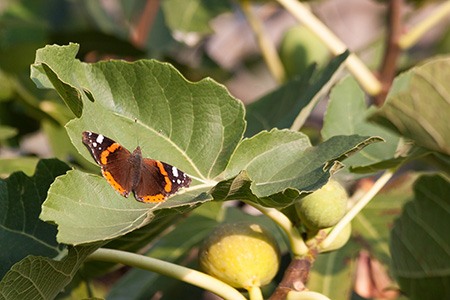
Since this type is largely produced in California, it's also known as Calimyrna fig. When the Smyrna fig is dried, it develops a nut-like flavor.
That's why dried Smyrna is insanely popular as a snack and used in desserts. The tree grows 10 to 20 feet in height that can be limited to 3 feet by regular pruning.
Smyrna is different from many fig trees because of its pollination process. They can be pollinated by only a special kind of pollinator called 'Fig Wasp'. After pollination, the tree only bears female flowers.
Hence, you can't grow the tree singly. Smyrna fig trees should be grown with another fig variety named 'Caprifig'.
These different types of fig trees produce crops twice a year, once during the early summer producing large, juicy figs. Fruits of the second crop are smaller, sweeter, and collected in late summer.
Fresh Smyrna figs have bright yellow color that turns brown or golden after being dried. You need to plant the trees in moist, free-drained, and alkaline-free soil for the best production.
Brown Turkey Fig Tree
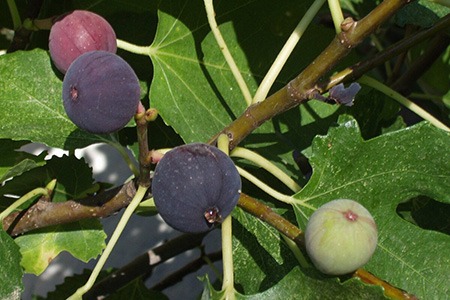
This type is mostly appreciated for its delicious fruit, stunning foliage, and extensive size that reaches up to 25 feet in length.
Brown turkey fig trees have decorative, deeply lobed, bright green leaves that turn yellow during the fall. If you want a low-maintenance, productive fig tree, the brown turkey would be a great choice.
You can grow the tree in almost any type of soil, including clay, light sand, and slightly salty soil. It prefers well-drained soil containing lime substances. You can expect crops twice a year during the months of late summer and spring.
A mature brown turkey fig reaches 4 inches in length and has a brown or deep purple color. The orange-pink flesh is delicious, sweet, soft textured, and high in fiber.
Celeste Fig Tree
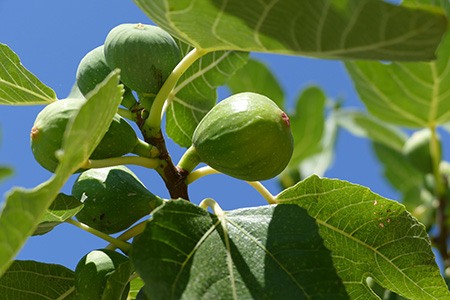
Also known as 'sugar or sweet figs', celeste fig tree varieties produce fruits that are high in carbohydrate contents which makes them one of the sweetest fruit.
The tree is very much suitable for pot and containers of your garden as they reach up to 10 feet only. Celeste trees are particularly seen in southeast parts of the United States.
The tree can withstand low temperatures up to 15 degrees Fahrenheit! It also tolerates high heat and prefers fully sunny areas. You need to plant the Celeste fig tree in well-drained, neutral-type soils.
Celeste fig trees are self-pollinating and start producing fruit early in the summer. The trees show excellent resistance to pests and diseases.
Chicago Hardy Fig Tree
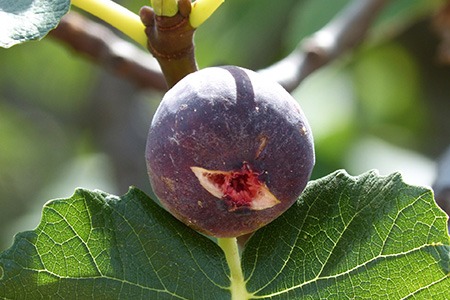
You won't find the Chicago Hardy Tree as easily as other different types of fig trees but they do have a benefit over the others, which is that (and it's in the name) the Chicago Hardy Tree is among the most hardiest of the fig tree options.
The branches and roots can withstand temperatures as low as 10 degrees Fahrenheit. Even so, it's recommended that you help insulate the root system with a layer of mulch or mulch alternatives so that it will recover from any winter damage once spring time comes around.
You'll be able to harvest their fruit twice a year. The first time is a smaller crop in spring and then you'll get the bulk of the figs in the fall time.
Kadota Fig Tree
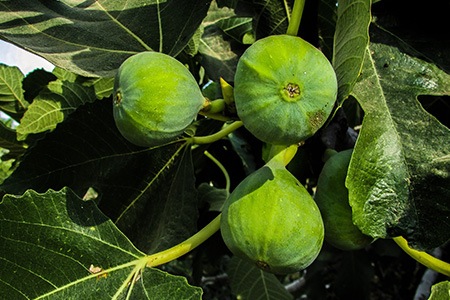
Unlike most fig trees, this one prefers cold climates and withstands up to 15°F. Kadota fig trees grow pretty big, reaching 15 to 30 feet in length. As the figs contain minimal seeds, they are mostly dried and used to make several types of jams, cookies, and jellies.
Kadota trees prefer fertile, well-drained soil and require less water than most other types. You can expect crops only once a year during the summer season.
The tree is self-pollinating, and you don't have to mingle it with other pollinating varieties. Kadota figs show great resistance against insects, diseases, and humidity.
Purple Genca Fig Tree
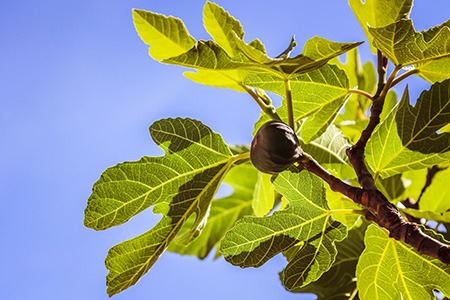
The Purple Genca fig tree is an attractive option due to its relatively quick growth, but a growth that doesn't get out of hand, topping out around 13 feet in height. It will produce a lot of foliage which can provide shade.
The Black Genoa fig fruit, sometimes called Black Spanish figs, comes from this tree in generous amounts. Their red flesh is sweet, tucked beneath a darker purple skin. The fruit is on average larger than you find with other fig tree types.
Alma Fig Tree
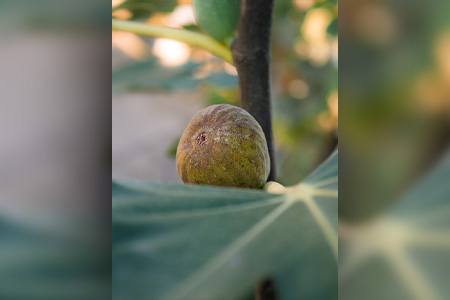
Although the alma fig tree isn't as attractive as other types of fruit trees, it is grown for its high production and exceptional fruit quality.
The tree reaches 12 to 15 feet tall, and you need to plant it in gardens near a shed since the tree doesn't survive frost. A single tree can produce 10 to 15 pounds of figs, and it starts cropping once in June and again during August. Some have reported harvesting 50 pounds of figs in one year with these trees.
Alma types of fig trees are also self-pollinating and show great resistance to rotting. It grows well in well-drained soils yet tolerates poor quality soil as well.
Alma figs have a delicious honey-like flavor that tastes best when freshly eaten. They have nice yellow skin outside, whereas the flesh inside is reddish and very soft.
Weeping Fig Tree
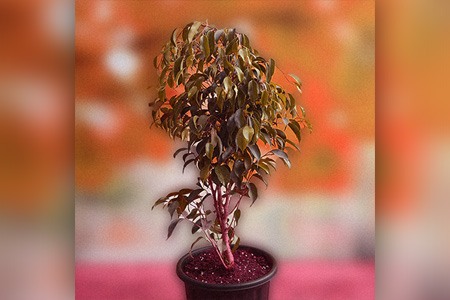
You'll typically find the Weeping fig tree in milder climates where people prefer to keep them as house plants, though they can thrive outdoors if the heat isn't too drastic. They're native to Australia and some areas in Asia.
This species of fig trees can be grown into a shrub in a container or outdoors or allowed to grow into a full tree of up to 50 feet in height. It's also an evergreen tree. The leaves are rounded with an oval shape where the tips reduce down to a curved, soft point.
It is in the summer that the outdoor Weeping fig trees will bear fruit from their yellow blooms. The figs will be smaller and will be noticeable due to their red color.
Caprifig Tree
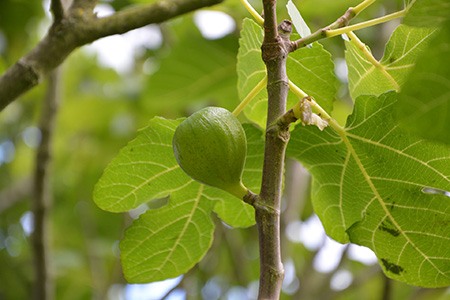
This is the most unique and very important of the fig tree varieties — unique because the produced fruits aren't edible like the other types. Caprifig types of fig trees are cultivated only for pollinating the female flowers of other fig types. For this purpose, it only provides numerous male flowers.
Caprifig fruits are pear-shaped and hollow. They have a nice yellow shade in the young stages which turns black after maturing. I find they taste great with various types of raspberries, not only matching in taste but in color.
Caprifigs functions as a shelter for fig wasps that collect pollen from the tree and transport it to many other fig varieties for successful pollination. You can grow at least one caprifig tree for the pollination of several other species.
Creeping Fig Tree
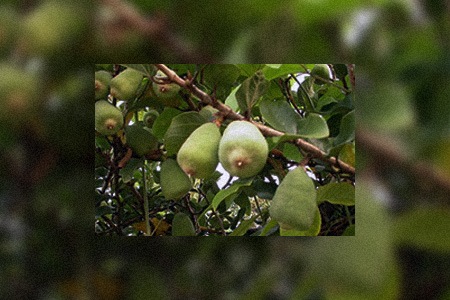
Called a "creeping" fig tree, among the different fig trees this one is a climbing plant, meaning that it behaves more like types of ivy than it does a tree. It will grow up and cover any surfaces it can grab, such as brick walls, fences, and even spread across the ground.
These fig tree types grow fast so many people consider this an invasive plant. Make sure you prune it every year and watch what direction it's trying to spread so it doesn't grow up your other trees and plants.
San Pedro Fig Tree
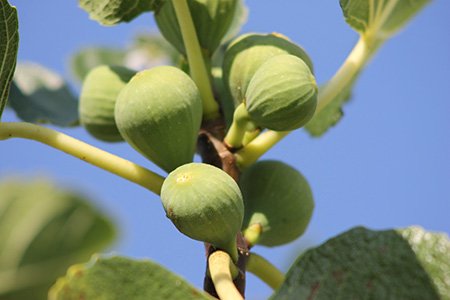
Another of the fig tree varieties that will bear fruit twice a year is the San Pedro fig tree. The breba crop will grow directly off of the wood of mature branches and is self-pollinated. The 2nd set of crop will grow off of newer branches and does require male flowers to pollinate.
Other Types of Fig Trees
We can't list every single species of fig trees here, but we can at least list a few more common options for those that want to take their exploration further. If you want to research on more types that people enjoy and have success with, check out:
- Penache Tiger Stripe
- Corky's Honey Delight
- LSU Gold
- LSU Purple
- Violette de Bordeaux
- Ronde de Bordeaux
- White Genoa
- Olympian Fig Tree
- Yellow Long Neck
- Peter's Honey
- Desert King
- Excel Fig Tree
- Osborne Prolific
This should keep you going for a while! While the uninitiated may not appreciate the subtle differences in these trees and fruit, if you're really into it you'll really have a blast going through them all. If you enjoy figs, you'd probably be a fan of the various types of kiwi out there, too.
Types of Fig Trees to Spruce Up Your Lawn or Garden
Try to opt for the early growing varieties to avoid frost. Spring and fall will be the best time for planting figs. Take some extra care, and you'll be rewarded with massive production of deliciously sweet fruits.
Well, there you have the most common and different types of fig trees. If you want a good and healthy production, try planting the figs according to their environmental needs. Most figs prefer a hot and dry climate, while some can be grown in cool weather.



